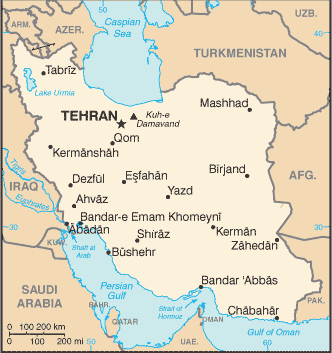The Iranian government has reportedly halted the production of 20 percent enriched uranium, by far the highest level enrichment ongoing in the country.
 Iran began producing 20 percent uranium in 2010 when efforts to secure fuel for the US-built Tehran Research Reactor (TRR) fell through, and they began to attempt to produce fuel rods for themselves. The TRR provides materially all of Iran’s medical isotopes for nuclear medicine.
Iran began producing 20 percent uranium in 2010 when efforts to secure fuel for the US-built Tehran Research Reactor (TRR) fell through, and they began to attempt to produce fuel rods for themselves. The TRR provides materially all of Iran’s medical isotopes for nuclear medicine.
Deputy head of the Iranian parliament National Security Committee Hossein Hosseini reported that Iran no longer needs to produce 20 percent uranium because it already has enough to make all the fuel rods the TRR will need for the foreseeable future.
Initially installed in 1967, the TRR was initially designed to run on weapons-grade (92%) uranium, but was converted to use 20 percent by an Argentine company in 1987.
The under construction Arak Reactor, which uses unenriched uranium, would eventually replace the TRR as the primary source of medical and industrial isotopes, though it is likely still quite some way from being operational at those levels.
The end of 20 percent uranium enrichment was a key demand of Western nations in any nuclear deal and will likely improve the chances for progress at upcoming nuclear talks, though Israel in particular has sought to shift discussion away from the increasingly irrelevant issue and start demanding concessions on Iran’s remaining 3.5 percent enrichment and the rest of its civilian program.


